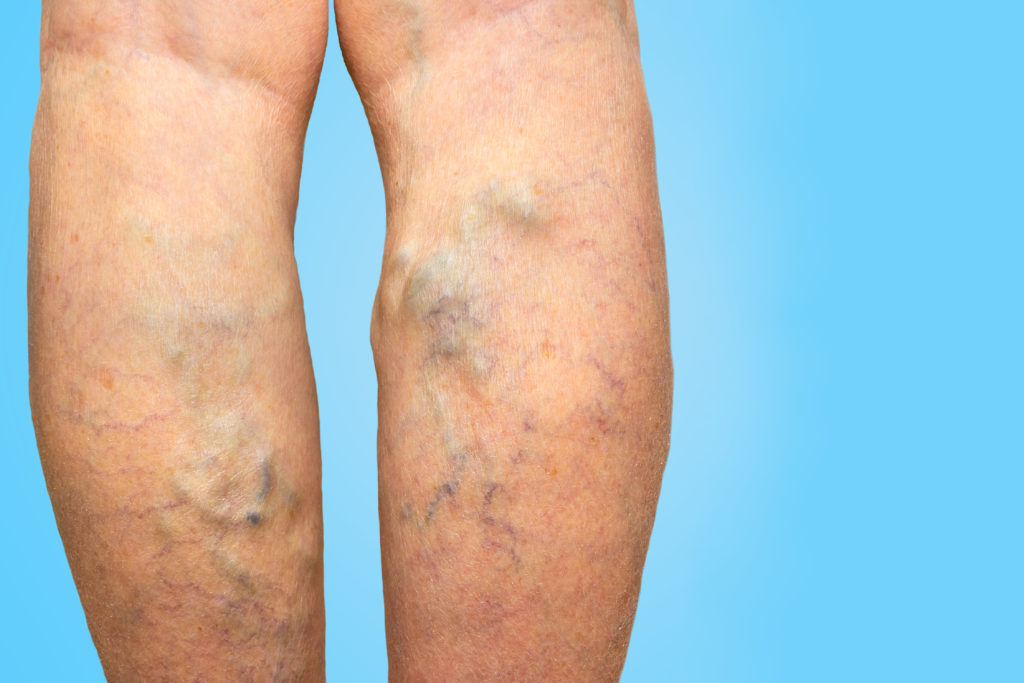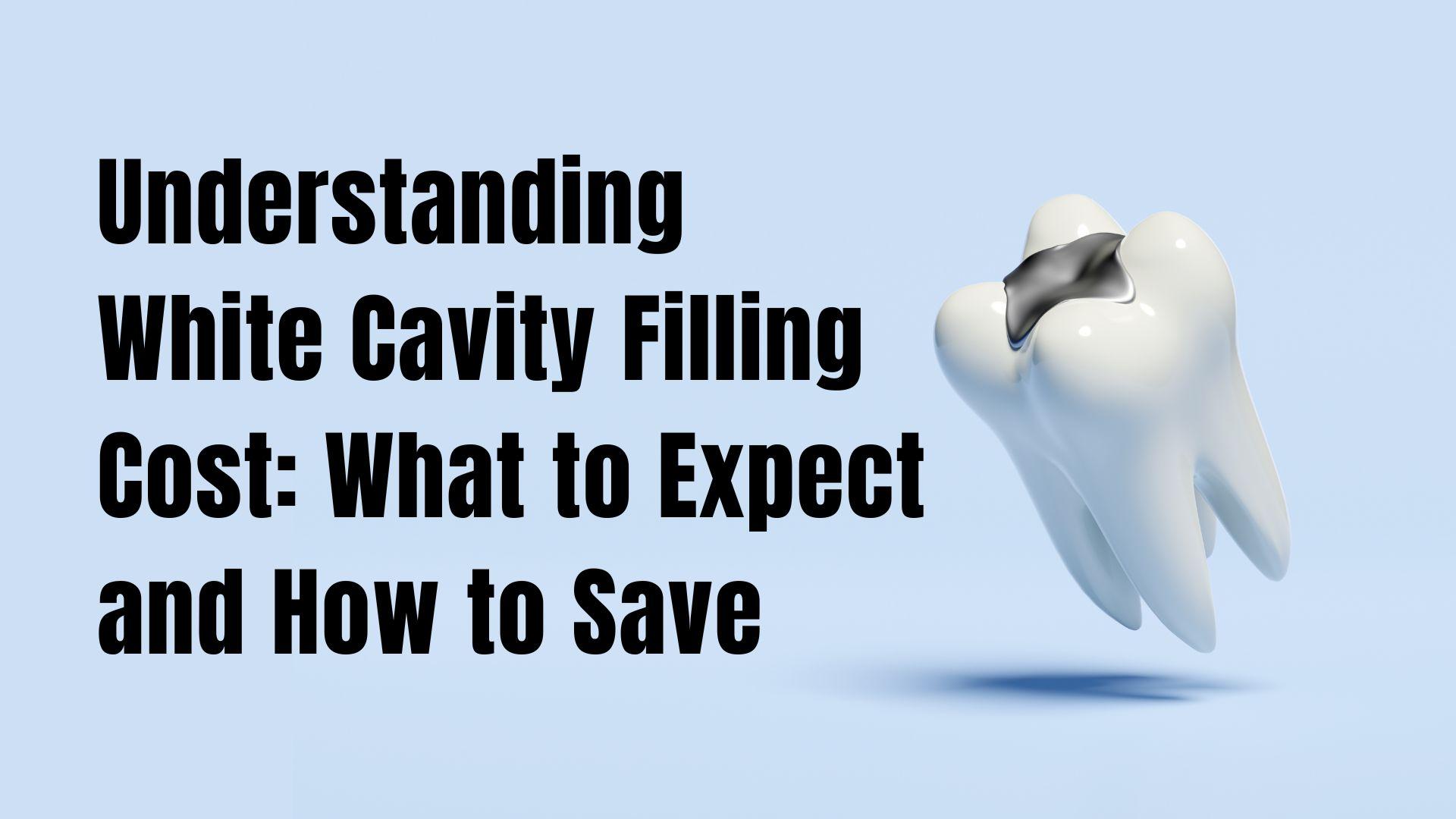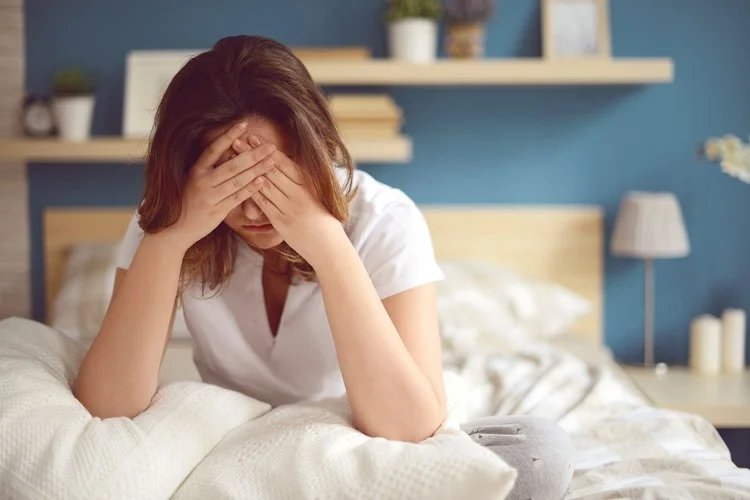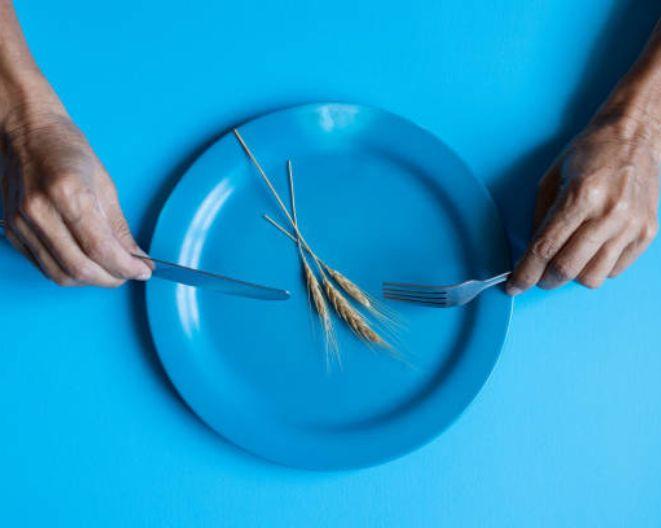Spider veins are a common condition that primarily affects women, although men can also develop them. They are small broken, damaged, or dilated blood vessels found near the surface of the skin. They appear as red, pink, or purple patches on the legs, breasts, or facial skin, and can cause mild discomfort and impact self-confidence. But how did you get all these spider veins? Let’s explore some of the common causes and risk factors.

Heredity
Research shows that about 90% of individuals with spider veins have a family history of the condition. If your relatives had spider veins, you are more likely to experience them at some point in life. Heredity is the most significant risk factor for spider veins, and unfortunately, there isn’t much you can do to prevent it.
Pregnancy
During pregnancy, there is increased blood flow throughout your body to nourish and support the growing fetus. The additional blood flow and weight of the fetus put more pressure on your leg veins, leading to the development of spider veins. Hormonal changes during pregnancy can also contribute to the formation of spider veins. If you are pregnant, talk to your doctor about ways to prevent spider veins from occurring.
Obesity
Having extra weight puts additional stress and pressure on your circulatory system, affecting your vein health. The excess weight causes your vein valves to fail and may lead to venous problems in your legs. Obesity is a significant risk factor for spider veins, and maintaining a healthy weight is crucial for preventing long-term damage to your venous system.
Hormonal Changes
Women undergo hormonal changes from puberty to pregnancy and menopause. Taking birth control pills or hormone replacement treatment for menopause causes hormonal changes that can impact your veins and lead to venous insufficiency. If you are taking these medications, talk to your doctor to help mitigate the risks of vein abnormalities due to hormone changes.
Prolonged Standing or Sitting
The veins in your legs need to work harder to pump blood back to your heart. If you stay in the same position for several hours, the veins can find it challenging to do their job correctly. Sitting or standing for long periods of time causes increased pressure in your leg veins, potentially resulting in venous problems. Consider moving around and taking short breaks to enhance better blood circulation.
Other causes of spider veins may include:
- Excessive heat or cold conditions
- Sun damage
- Past vein damage or blood clots
- Smoking
- Excessive alcohol consumption
While spider veins are generally harmless, they can impact your self-confidence and cause mild discomfort. If you have spider veins, you may be wondering what treatment options are available.
Different Treatment To Treat Spider Veins
Wearing compression (support) stockings is an easy way to prevent the pooling of blood in the lower extremities. These stockings provide gentle pressure to the legs, improving circulation and reducing the risk of spider veins.
Sclerotherapy is a treatment option that can alleviate the pain and discomfort of spider veins by shrinking the vein. This treatment works through a painless injection in the vein that uses an irritant to shrink the swelling. Several treatments may be required over time.
Laser therapy is another treatment option that can collapse and treat the affected veins. This treatment is less invasive than an injection and uses a laser to treat veins close to the skin by causing them to clot and dry up.
Radiofrequency ablation is an office-based procedure performed under local anesthesia that is used to treat malfunctioning veins that may be contributing to both varicose veins and spider veins.
Varithena foam ablation is a newer modality that is used to treat malfunctioning veins in the lower part of the leg that cannot be treated with either radiofrequency or laser.
In case self-care remedies or other treatment methods have proven to be ineffective in addressing your spider veins, it’s recommended to seek professional help from our team of experienced specialists at the NJVVC in New Jersey. We have been providing exceptional care to patients in New Jersey, and our team consists of highly skilled vascular doctors who offer cutting-edge treatments for vein disease. Reach out to us today to book an appointment for spider vein treatment and let us assist you in achieving your best appearance.






